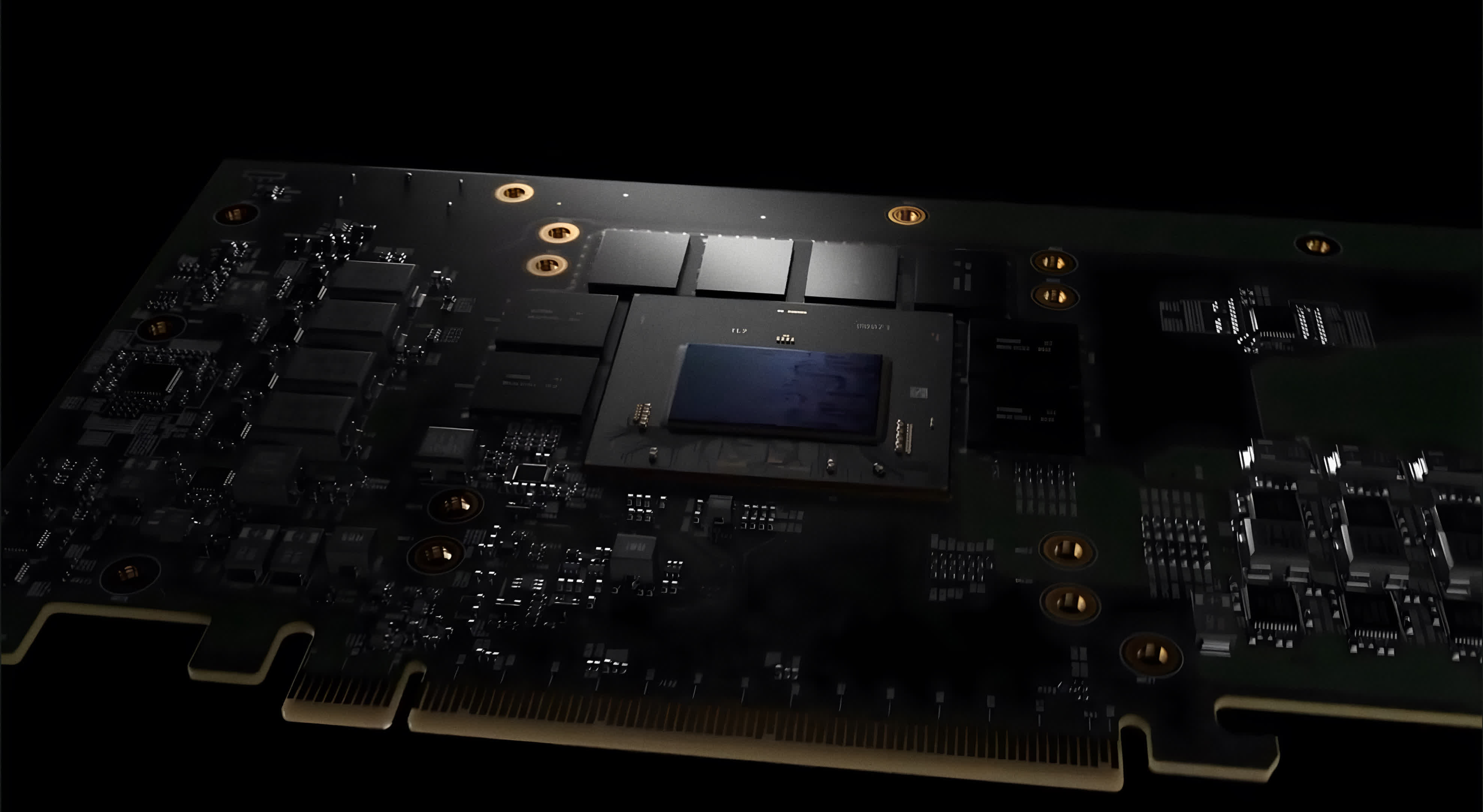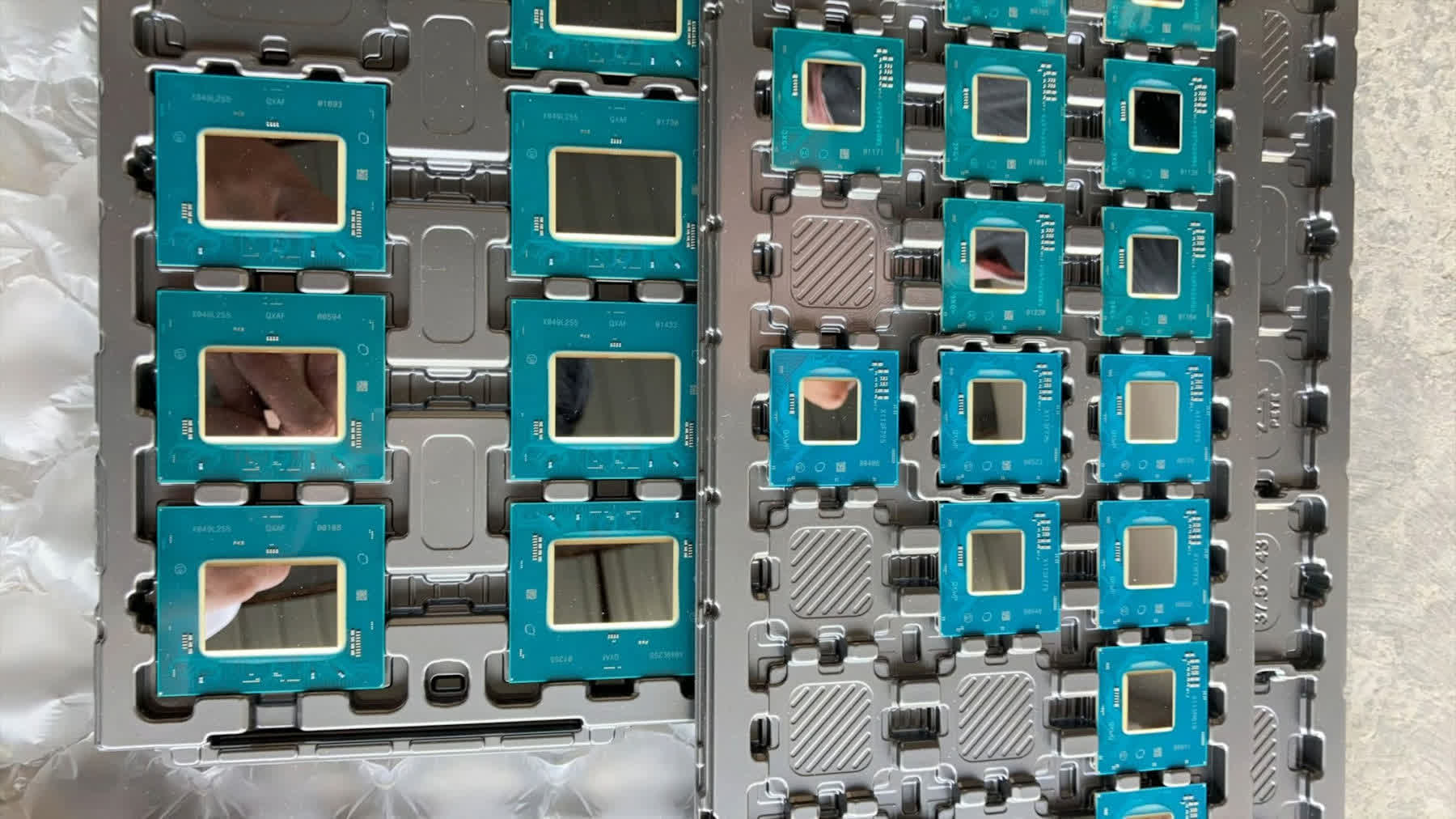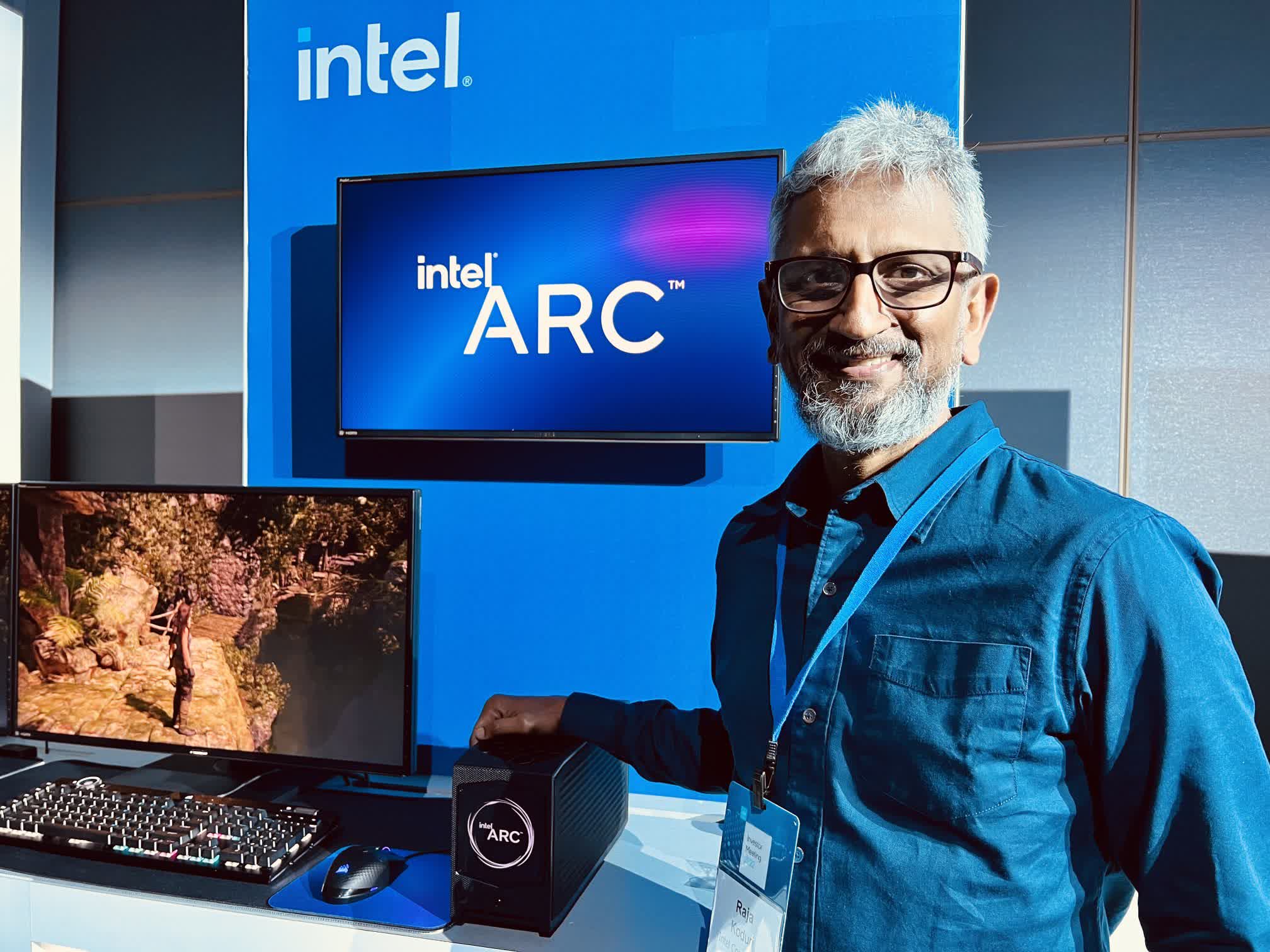The big picture: With the heated GPU market being what it is, Intel's long wait to release its Arc Alchemist graphics cards may reduce its chances to carve out a piece of the GPU market. Prices for Nvidia and AMD cards are going down and availability continues to improve every month, with most signs pointing towards a late May – early June launch window for A500 and A700 series GPUs.
Intel has already started shipping mobile Arc Alchemist GPUs for devices like the Lenovo IdeaPad Gaming 3i and Samsung's Galaxy Book2 Pro, which pairs 12th generation Alder Lake-P and Alder Lake-U processors with an Arc A380 GPU. Early benchmarks from credible sources suggest the A300 series won't blow socks off in terms of gaming performance, but they will be more battery-friendly than Nvidia and AMD alternatives.

Gamers are mostly interested in the desktop A700 and A500 series Alchemist GPUs, which are widely expected to rival mainstream and upper-middle tier offerings from AMD's Radeon RX 6000 series and Nvidia's GeForce RTX 3000 lineup. These will pack up to 512 compute units and 16 gigabytes of GDDR6 memory running inside a 175-225 watt power envelope, with a rumored MSRP between $400 and $500.
Of course, even if you'll be able to find these cards anywhere close to MSRP after launch, availability is still very much in question despite Intel's promise to ship millions of Arc GPUs to consumers this year. The company has been delaying the launch of Alchemist for months, and a new report from Igor's Lab confirms that a May launch is increasingly unlikely.

Intel reportedly has yet to send engineering qualification samples of A700 and A500 series GPUs to its partners, who are expecting to receive them by the end of this month. Drivers are still a work in progress, and if Intel learned a lesson with its DG1 experiment, it's that scaling up its iGPU architecture alone won't automatically guarantee higher performance in modern games.
We know that Intel wants to compensate with its open-access XeSS upscaling technology, but the company has only demoed it in a handful of games so far. Studios like Ubisoft, 505 Games, IO Interactive, Kojima Productions, PUBG Studios, and Codemasters have promised to integrate XeSS into their games, but it will be interesting to see how quickly it happens. As we've seen with Nvidia's proprietary DLSS and even AMD's open-source FSR tech, that doesn't exactly happen overnight - quite the contrary.
Intel's first Arc desktop GPUs also look set to arrive at a time when Nvidia is looking to ramp up supply for Ampere and AMD is getting ready to refresh its RDNA 2 lineup, so it'll be more difficult for Team Blue to gain mindshare. Still, if AMD can sell a mediocre product like the RX 6500 XT and Nvidia's RTX 3060 won't go below $600 even on eBay, anything is possible.
